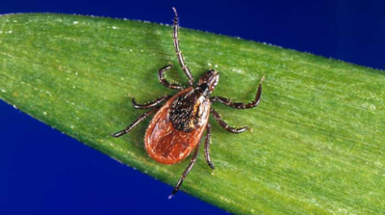Pertussis (Whooping Cough)
Pertussis, or whooping cough, is a highly contagious respiratory disease caused by the bacterium Bordetella pertussis. The key characteristics of pertussis are uncontrollable, violent coughing episodes which often makes it hard to breathe. The “whooping” sound occurs after coughing fits when the air is gone from your lungs.
Anyone who is suspected of having Pertussis should isolate at home and contact their healthcare provider for testing and treatment.
Who is at risk for severe illness and complications due to Pertussis?
Pertussis (whooping cough) can cause serious illness in babies, children, teens, and adults. Babies are at greatest risk for getting pertussis and then having serious complications from it, including death. Approximately half of babies less than 1 year old who get pertussis need treatment in the hospital.
Signs and Symptoms
Whooping cough and its symptoms can be divided into three stages:
Stage 1 (Catarrhal Stage)
Early symptoms of whooping cough can last for 1-2 weeks and usually include symptoms similar to the common cold. Healthcare providers may not suspect or diagnose it until the more severe symptoms appear.
- Runny or stuffed-up nose
- Low-grade fever (less than 100.4°F)
- Mild, occasional cough (babies do not do this)
- Apnea (life-threatening pauses in breathing) and cyanosis (turning blue or purple) in babies and young children
Stage 2 (Paroxysmal Stage)
After 1-2 weeks, people with whooping cough may develop paroxysms—rapid, violent, and uncontrolled coughing fits. This stage usually lasts for 1-6 weeks but can linger for up to 10 weeks. Coughing fits generally get worse and become more common as the illness continues, which can cause people to:
- Make a high-pitched “whoop” sound when they are finally able to inhale at the end of a coughing fit (many babies may not do this)
- Struggle to breathe
- Vomit during or after coughing fits
- Feel very tired after the fit, but usually seem well in-between fits
Many babies with whooping cough don’t cough at all. Instead it may cause them to turn blue or struggle to breathe.
Stage 3 (Convalescent stage)
Recovery from whooping cough can be slow. The cough becomes milder and less common as you get better.
Coughing fits may stop for a while but can return if you get other respiratory infections. Coughing fits can return many months after the whooping cough illness started.
How it Spreads
Like other respiratory illnesses, the bacteria that causes "Whooping Cough" spreads in the droplets of infected people through coughing and sneezing.
A person can get Pertussis and spread Pertussis even if they are vaccinated. So a person who is suspected of having Pertussis should seek treatment through their medical provider in order to prevent spreading it, regardless of of their vaccination status. After 5 full days of the appropriate antibiotics, a person is no longer contagious and can return to work or school.
If you have more questions about Pertussis you can reach out to the Cincinnati Health Department at 513-357-7462.
Resources
Ohio Department of Health (ODH) - Pertussis
ODH Bureau of Infectious Diseases - Pertussis "Whooping Cough" Fact Sheet
Centers for Disease Control and Prevention (CDC) - Pertussis (Whooping Cough)
Immunize.org - Pertussis (Whooping Cough): Questions and Answers
CDC - Guidance for Healthcare Professionals






